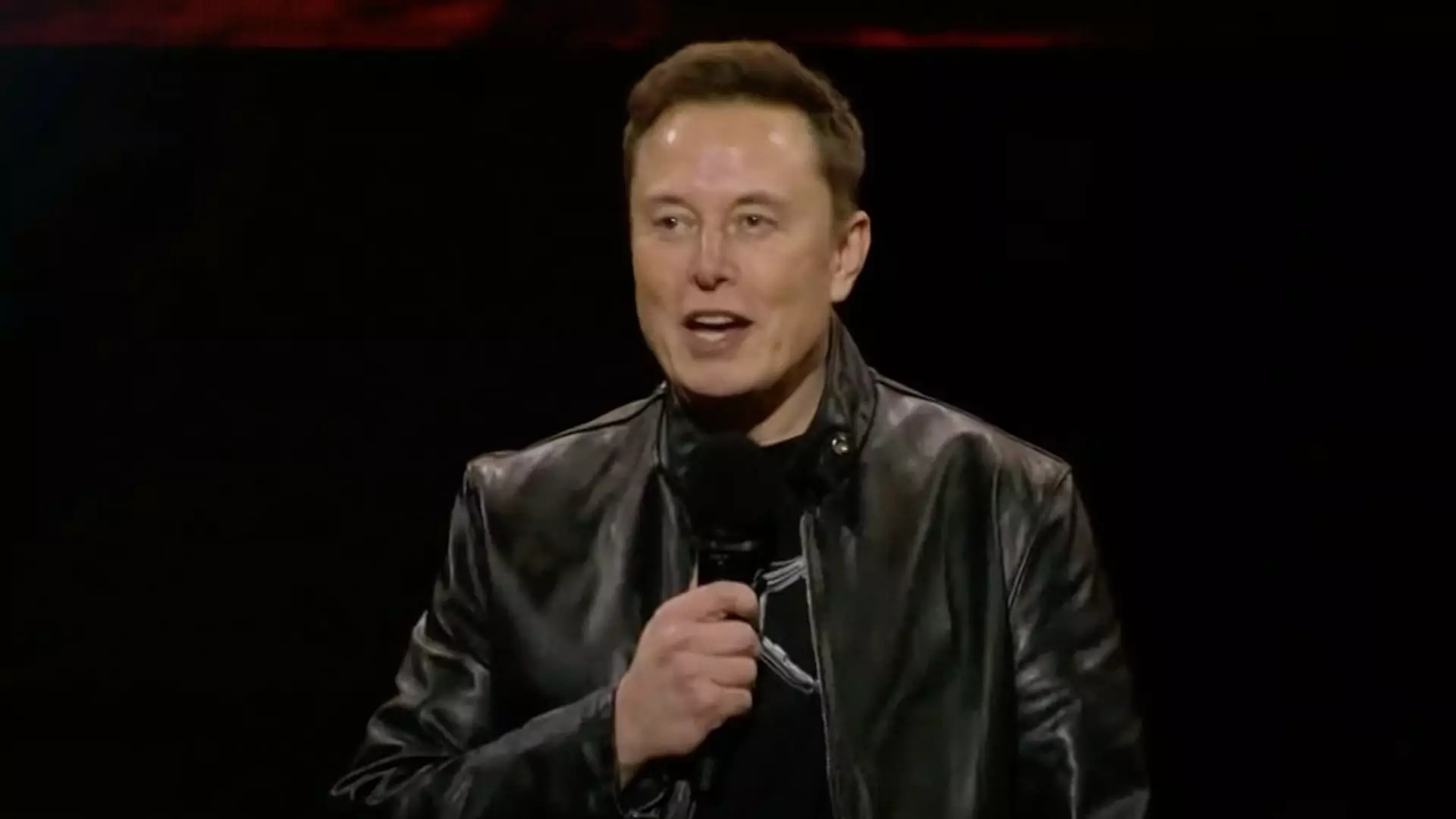Tesla, the electric vehicle juggernaut, is preparing to unveil its third-quarter earnings, an event eagerly awaited by investors and analysts alike. Scheduled for release after the regular trading day on Wednesday, this report is poised to shed light on Tesla’s operational health amidst a backdrop of mixed performance indicators. Analysts project earnings per share to be around 58 cents, with revenue estimates hitting approximately $25.37 billion, according to data from LSEG consensus estimates. The significance of this report cannot be overstated, as it comes at a critical juncture for Tesla, revealing insights not just into its financial performance but also its strategic direction in a rapidly evolving market.
Tesla’s third-quarter vehicle deliveries totaled 462,890 units, a figure that, while representing a 6% increase year-over-year, has nevertheless fallen short of analysts’ expectations. Tesla’s production during this same period was slightly higher at 469,796 electric vehicles. The discrepancy between production and deliveries highlights potential challenges in sales momentum and supply chain issues. Historically, quarterly deliveries have been a robust indicator of sales performance; thus, underwhelming figures could be interpreted as a troubling signal, particularly following two consecutive quarters of declines compared to the previous year.
To bolster sales, Tesla has implemented various discounts and incentives, which could ultimately compress their profit margins. Such strategic pricing measures may indicate a response to intensifying competition in the electric vehicle sector, particularly with aggressive pricing and product launches from rivals.
As competition heats up, particularly in key markets such as China, Tesla finds itself navigating a landscape populated by formidable players like BYD, Geely, Li Auto, and Nio. Not to be overlooked, traditional automakers in the U.S., including Ford and General Motors, are also ramping up their electric vehicle offerings. Analysts from Jefferies underscored the evolving competitive dynamic, noting that Tesla’s once-stable market advantage over legacy automakers is beginning to diminish. The report highlights a concerning trend: the gap in electric vehicle capabilities between Tesla and its competitors is stagnating, suggesting that growth could be subdued for at least the next two years as Tesla grapples with both scaling operations and fine-tuning costs.
This competitive pressure underscores the importance of Tesla’s strategic responses, particularly in terms of innovation and market positioning.
Elon Musk’s recent pro-Trump activism has raised eyebrows among investors, especially given his significant financial commitments toward the former president’s political endeavors. Such activities have instigated a dual conversation amongst shareholders: one that questions how Musk’s political dealings might impact Tesla’s brand and market performance, and another that scrutinizes his broader views on government regulations, which he has criticized as often ineffective. Musk’s statements about government mistrust echo a complexity that many investors find concerning. This political entanglement could pose risks, particularly as Tesla navigates governmental policies that have historically favored electric vehicle development and infrastructure expansion.
Despite the hurdles, significant investor attention is turning toward future innovations, particularly Tesla’s much-publicized robotaxis, self-driving technologies, and humanoid vehicles. Shareholders are keen to understand the advancements in these sectors and their potential impacts on profitability.
Additionally, the futuristic Cybertruck raises numerous questions given its quirky design and reported quality issues. Yet, there is a silver lining — preliminary estimates suggest Tesla sold over 16,000 units of the Cybertruck in the U.S. during the third quarter. This suggests a potential path to market viability, despite the challenges faced.
As Tesla enters a period of anticipated subdued growth, analysts and shareholders alike will be watching closely, keen to decipher what the future holds for this iconic brand. Notably, Tesla shares have seen a significant decline of about 13% this year, contrasting with the overall Nasdaq’s impressive growth of 23%. This divergence raises pressing questions about investor confidence and the company’s trajectory moving forward.
While Tesla’s upcoming earnings report will provide a vital snapshot of its current standing, it will also serve as a bellwether for the electric vehicle industry amid rising competition, shifting political landscapes, and internal operational challenges.


Leave a Reply